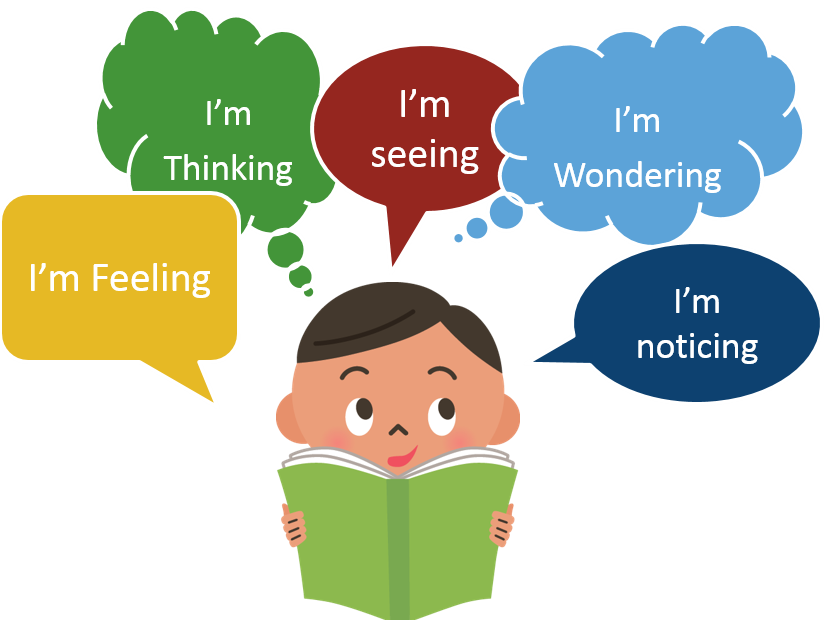Recently, I attended the conference The Art of Coaching Teams in Chicago. During our time one thing we talked about was the principles of adult learning two principles which really stuck out to me one adults want agency in their learning, and two adults come to learning experiences with history. I believe these two adults principles are also relevant to our K-12 students. Our students want agency in their learning and come to our classrooms with their own past learning experiences. What can we as educators do to accommodate and honor those differences?
When I think of personalized learning in the classroom the first thing that comes to mind is the power of relationships with my students. Student-teacher relationships are the key to student learning it’s through relationships where trust is built, and when there's trust students are given the security to take risks, and try new things in their learning. Knowing our students well allows us to fully embrace their unique differences and meet them where they are as learners.
During a recent walk-through, in 8th-grade English teacher, Kelly Moormann’s class students had just finished reading the “Outsiders”. The students chose two out of four RL standards and proved their knowledge on them by creating whatever type of project they wanted. They used the proficiency scales as a checklist for the items they needed to include. Projects included: writing a rap song, an essay, tri-fold posters, various models, interviews, and skits. Students are able to use voice and choice when selecting items off of a learning menu. Here are a few of the comments I heard from students: “This harder than a worksheet, I like it better because I am actually learning what is means to find a theme of a story and support it with details.” “I like this learning menu because I can choose what do as project with what I like doing.”
Using our district’s 5 rocks along with critical thinking, collaboration, communication, and creativity is the framework to being personalized learning for our students. Stef and I are sisters who grew up together and have a lot of things in common, but our learning styles are not one of those commonalities. As educators, parents, aunts, uncles, and all the other important roles we are blessed to have we know the people in our lives learn differently and we have the privilege to make that happen for the students who walk through our doors.
Please join in on the twitter chat on Tuesday, May 2nd at 8:30 here are the questions.
- What does personalized learning mean for students?
- How can students have voice and choice in how they learn and what they learn?
- How can teachers take into account students' input in the process of learning?
- How can you implement personalized learning for students or staff?
- When has someone provided opportunity for you to experience personalized learning in your life?

